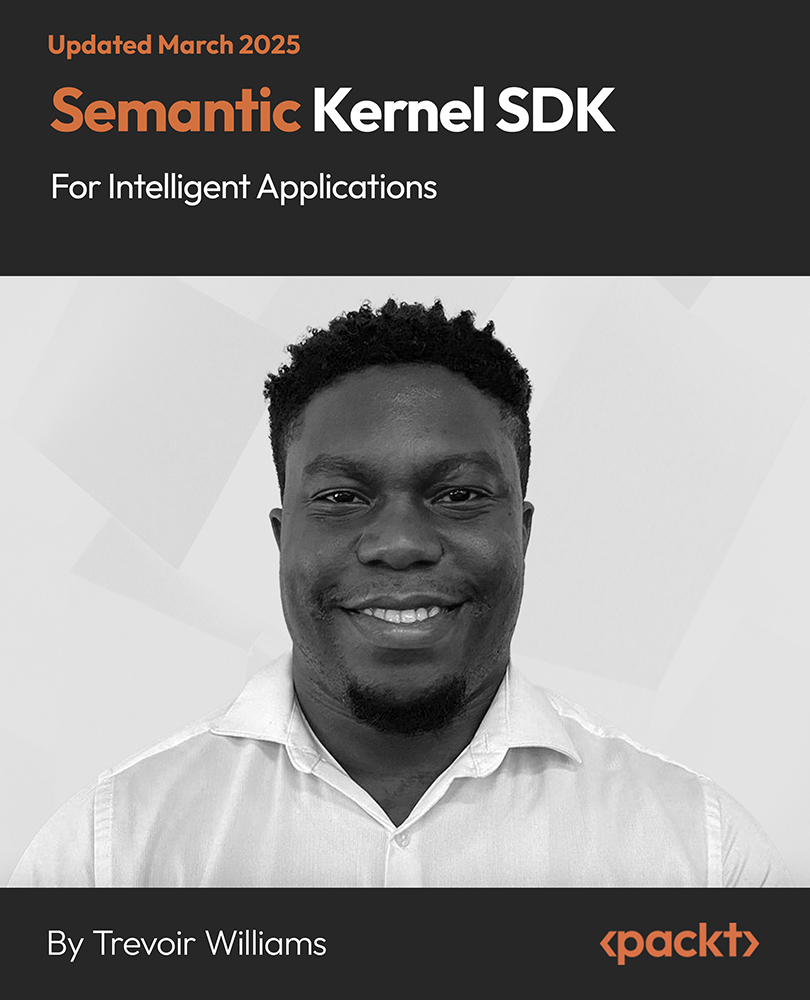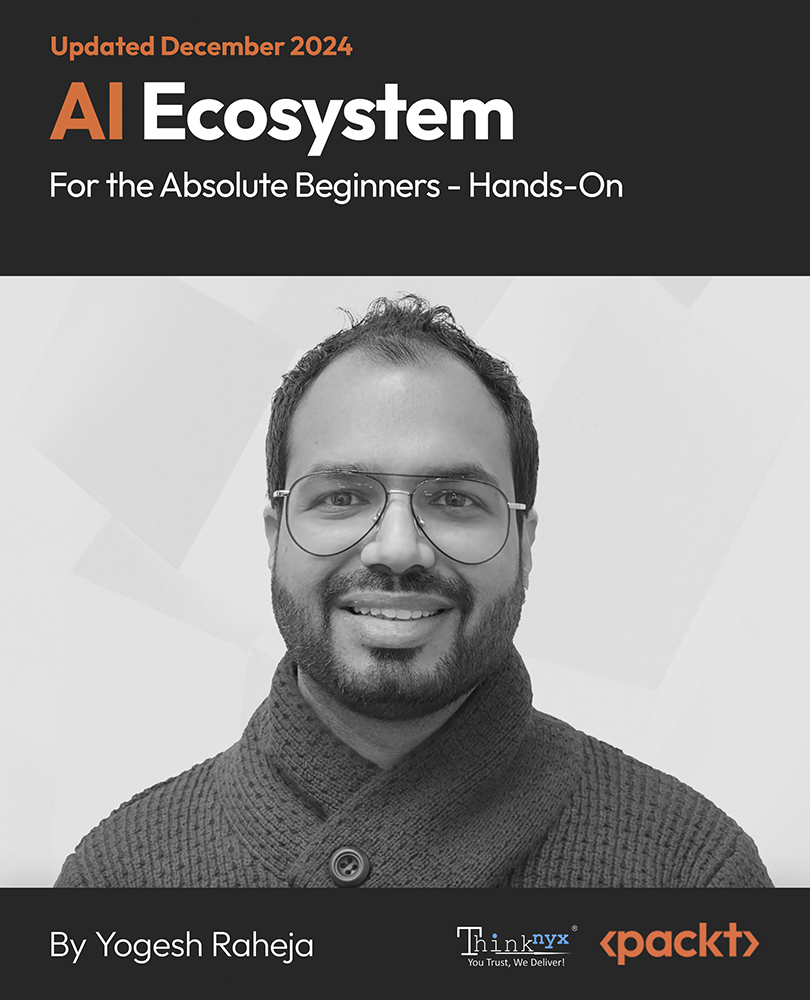Over the last decade, the volume and velocity with which data is generated within organizations has grown exponentially. Consequently, there has been an explosion of database technologies that have been developed to address these growing data needs. These databases have typically had distributed implementations, since the volume of data being managed far exceeds the storage capacity of a single node. In order to support the massive scale of data, these databases have provided fewer of the features that we've come to expect from relational databases.
The first generation of these so-called NoSQL databases only provided rudimentary key-value get/put APIs. They were largely schema-free and didn't require well-defined types to be associated with the values being stored in the database. Over the last decade, however, a number of features that we've come to expect from standard databases—such as type systems and SQL, secondary indices, materialized views, and some kind of concept of transactions—have come to be incorporated and overlaid over those rudimentary key-value interfaces.
Today, there are hundreds of NoSQL databases available in the world, with a few popular ones, such as MongoDB, HBase, and Cassandra, having the lion's share of the market, followed by a long list of other, less popular databases.
These databases have different data models, ranging from the document model of MongoDB, to the column-family model of HBase and Cassandra, to the columnar model of Kudu. These databases are widely deployed in hundreds of organizations and at this point are considered mainstream and commonplace.
This book covers some of the most popular and widely deployed NoSQL databases. Each chapter covers a different NoSQL database, how it is architected, how to model your data, and how to interact with the database. Before we jump into each of the NoSQL databases covered in this book, let's look at some of the design choices that should be considered when one is setting out to build a distributed database.
Knowing about some of these database principles will give us insight into why different databases have been designed with different architectural choices in mind, based on the use cases and workloads they were originally designed for.
 United States
United States
 Great Britain
Great Britain
 India
India
 Germany
Germany
 France
France
 Canada
Canada
 Russia
Russia
 Spain
Spain
 Brazil
Brazil
 Australia
Australia
 Singapore
Singapore
 Hungary
Hungary
 Ukraine
Ukraine
 Luxembourg
Luxembourg
 Estonia
Estonia
 Lithuania
Lithuania
 South Korea
South Korea
 Turkey
Turkey
 Switzerland
Switzerland
 Colombia
Colombia
 Taiwan
Taiwan
 Chile
Chile
 Norway
Norway
 Ecuador
Ecuador
 Indonesia
Indonesia
 New Zealand
New Zealand
 Cyprus
Cyprus
 Denmark
Denmark
 Finland
Finland
 Poland
Poland
 Malta
Malta
 Czechia
Czechia
 Austria
Austria
 Sweden
Sweden
 Italy
Italy
 Egypt
Egypt
 Belgium
Belgium
 Portugal
Portugal
 Slovenia
Slovenia
 Ireland
Ireland
 Romania
Romania
 Greece
Greece
 Argentina
Argentina
 Netherlands
Netherlands
 Bulgaria
Bulgaria
 Latvia
Latvia
 South Africa
South Africa
 Malaysia
Malaysia
 Japan
Japan
 Slovakia
Slovakia
 Philippines
Philippines
 Mexico
Mexico
 Thailand
Thailand


















